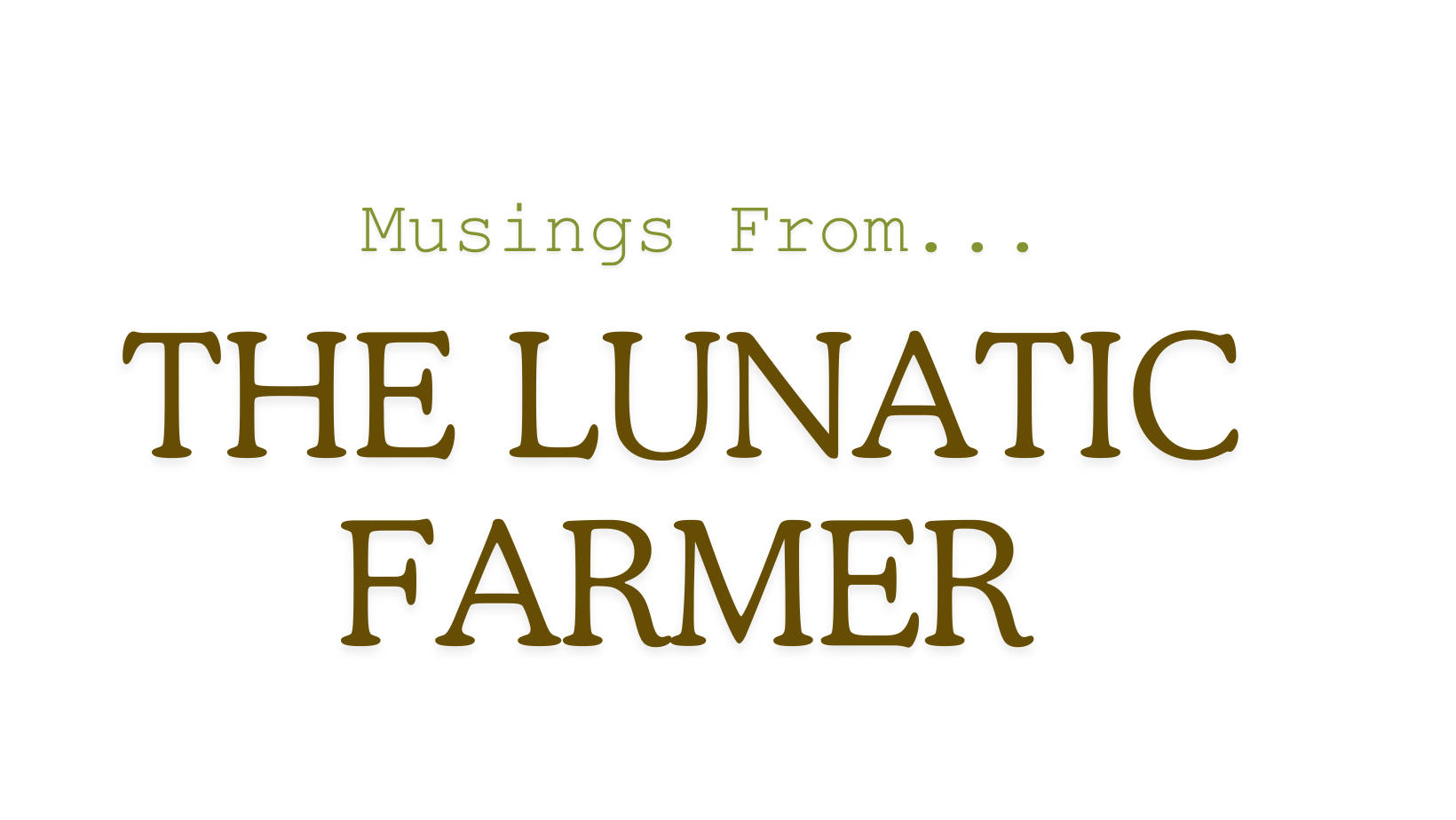WORMS
Today I spoke as part of a two-day conference hosted by Nutrisoil in Wodonga, Victoria. It's midway between Melbourne and Canberra (the national capital).
What a place. The short story is Graham and Lyn were dairy farmers and after a bad chemical accident began looking at different approaches. Found a worm guru named Craig Guy who introduced them to worms. After a couple of decades of experimenting, Graham and Lyn developed a way to collect the mucous off the sides of worms and a production model that ensured excellent worm health.
I'm oversimplifying things, but essentially the Nutrisoil recipe includes seaweed, soft rock phosphate, calcium and some other additives to the worm beds to make sure that the exudates they're collecting are as high as possible: 24 billion microbes per cubic centimeter. Applied as a foliar, it stimulates the soil biology to kickstart the soil food web. The bed base is manure and straw.
These are not soil worms; they are special compost type worms. They come from
Great Britain. Like the U.S., apparently Australia had no worms until the Brits arrived; the worms hitchhiked in ships and in cargos on ships. As central as worms are in ecological agriculture, it's really hard to imagine these continental ecosystems devoid of them. We seldom consider worms as invasive species, but in the pure sense of the word, they are.
Perhaps worms are the most benign invasive imaginable; even the most valuable invasive imaginable. The Nutrisoil program touts worms as better than compost because it's a cold process rather than a warm process. At Polyface, we do hundreds of tons of compost and consider it a fairly easy procedure, using pigs to do all the turning and simply bedding livestock with carbon for a good mix. But these folks consider compost highly technical and difficult, preferring cold worms as considerably more forgiving.
Anything that has been alive is food for worms. All the stories about orange peels and garlic and other noxious things--not true. Actually, the worms do not eat scraps; they eat the bacteria that digests the scraps. Worms are hermaphrodites, meaning they contain both sexes. But they have to mate to make eggs. So they hook up end to end and create an egg, which looks like a tiny yellowish emerald. Each egg hatches 20-30 worms. If a population is healthy, it can double every two months.
I've always been fascinated by honeybees. People who handle bees know that you never learn all the nuances about bees. The same is true with worms. Feedstock, temperature, moisture--the nuances are endless. Nutrisoil has more than a dozen beds about 150 feet long, 8 feet wide and 3 or 4 feet high. The pile of castings, which is a byproduct of the whole operation, is bigger than a house. To stand next to a pile of pure worm castings that big is a real adrenaline rush.
That someone has devoted this much attention and built such a thriving business producing a product like this is gratifying and shows that around the world, innovative entrepreneurs in the biological farming space are leading the way to tomorrow's solutions. What a privilege to meet them, see what they're doing, and help bring these innovations to the world.
Have you ever operated a worm colony?
